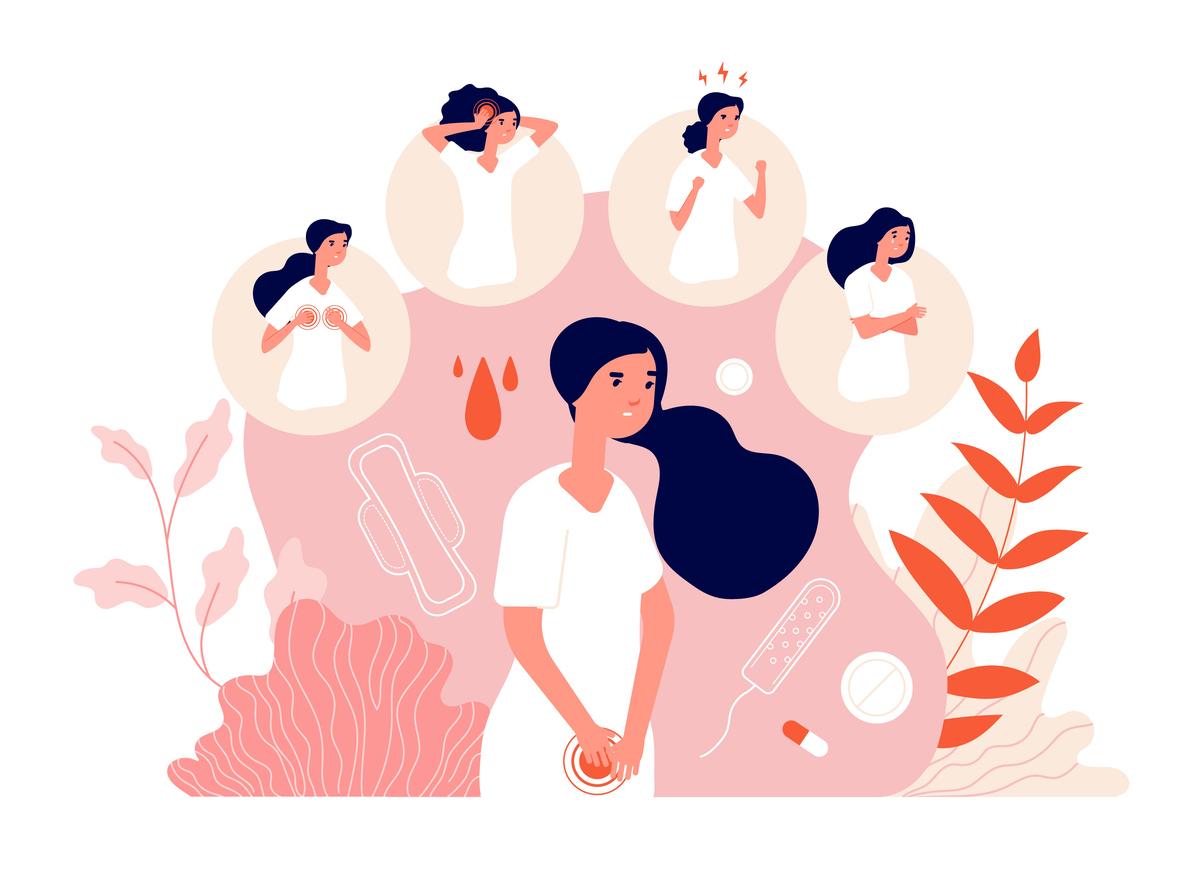“Ayurveda is based on the science of the 5 elements: Water, Fire, Air, Space, Earth.” We find these elements in everything: plants, animals, emotions, food … “informs Sophie Benabi, therapist in ayurveda, author of Ayurvedic food, the big book (Leduc editions)
These elements will constitute the Doshas, the vital energies which are the forces responsible for bodily, physical and psychological functions. We distinguish Dosha Vata (Air + Space), Dosha Pitta (Fire + Water) and Dosha Kapa (Water + Earth). “Ayurvedic diet is based on Doshas and on flavors: bitter, sour, astringent, sweet, salty, spicy. Flavors have an impact on Doshas” explains Sophie Benabi. “For a meal that gives full satisfaction, that balances the tissues and Doshas and does not lead to cravings, you have to find these 6 flavors on your plate” she explains.
Foods on the Ayurvedic menu
Contrary to what is often believed, Ayurvedic cuisine is not strictly vegetarian: it uses, in particular, ghee (clarified butter) for cooking, as well as dairy products. You can also eat meat, fish and eggs, but always in moderation, or during periods of convalescence
On the menu, above all, healthy products: fruits and vegetables, cereals, dairy products, legumes … We only cook and eat fresh, never canned, ready-made meals or even frozen! We try to eat what has been cooked the same day, at most the next day but not after. This does not necessarily translate into complicated dishes, but good combinations of foods. and spices.
The products are always chosen in season, ideally organic, or at least local. We eat hot, at most lukewarm, but not cold, even if it means reheating, because heat is the first stage of digestion, which will thus be facilitated. Some foods have cooling energy (zucchini, rice, wheat, rose, etc.), others heat energy (carrot, pepper, coffee, etc.). “The strength of the digestive fire is the basis of good health. We are not going to give the person what he is capable of digesting” explains the Ayurvedic practitioner. So, if you suffer from gastric inflammation, hot energy foods will be rather contraindicated.
The first principles to follow
- Eat only when you are hungry (and not out of a simple desire to eat, or out of social habit), copiously, enough to satisfy oneself but without exceeding one’s appetite, without ever “filling up”: in Ayurveda, the rule is that the stomach is filled by a third of solid, a third of liquid (water but also soups or juice) and a third of … vacuum, which allows it to contract more easily. And when you don’t have an appetite, you don’t force yourself to sit at the table and limit yourself to drinking herbal tea: no question of forcing yourself.
- Eat in a nice place, calmly, slowly and in full awareness, with joy, without bringing your worries and concerns to the table and of course, never in front of a screen! Eating while doing something else or under the wrong conditions upsets the digestive process. The dishes are nicely presented, to take full advantage of the flavors and textures, the scents and their visual aspect, which, again, promotes digestion thanks to the salivary enzymes.
- Chew well, which contributes as much to a good digestion (the salivary enzymes starting the work of digestion) as to the establishment of the feeling of satiety since one should not either overload oneself but to eat at its fair hunger.
- Eat digestible foods, that is to say which does not cause heaviness or digestive disorders (pain, gas, bloating, nausea, gastric acidity, smelly stools or breath), nor a feeling of fatigue, nor, obviously, intolerances or allergies. When a food is not really suitable … we avoid it!
- Do not spend hours at the table. Even if they are tasty, the meals should be kept simple and quick. All the dishes are served at the same time.
In video: Sophie Benabi’s ghee recipe
Read also :
- 4 Ayurvedic recipes for hair
- Well-being: reduce your stress with Ayurveda
- Ayurveda: which massage to choose?

























